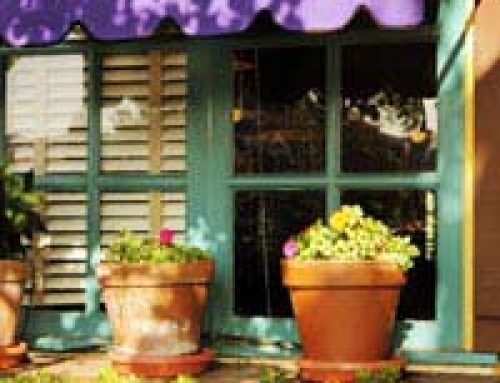 Composting is a great solution to the effective conditioning of your garden and more and more people not only keen gardeners, have taken it up over recent years as part of their commitment to recycling.
Composting is a great solution to the effective conditioning of your garden and more and more people not only keen gardeners, have taken it up over recent years as part of their commitment to recycling.
What do you keep compost in?
The compost ‘heap’ itself is usually a large container in which you store your compost. These can be bought or made and any large container will do. They can be made from wood, tin and plastic and people will often use things they’ve picked up from elsewhere, perhaps and old wooden barrel. However, with local councils often being the driving force behind many environmental initiatives, such as recycling, they will often provide you with a compost bin on request for just a few pounds or some of them will even give you one for free.
What can I put in my Compost bin?
Practically anything that has ever ‘lived’, within reason, is probably the broadest definition.
Grass cuttings, weeds, dead leaves, salad vegetable material you’ve finished with and vegetable peelings, egg shells and coffee grounds are all excellent compost materials. You can also include other garden waste such as dead shrubs and other prunings, although if they have wooden stalks, you should shred these down into a mulch-like substance first.
How does Composting Work?
All materials which derive from vegetable and animal waste matter eventually break down and, if left outside in the soil, the micro-organisms contained within it eventually return to the soil as nutrients to help to create new life. A compost heap is simply an environment where this process of regeneration is speeded up. How? Well, left outside at the mercy of the elements, the whole process is slow due to the nature of the weather and the climate. However, within the confines of an enclosed compost bin, it thrives as the conditions of warmth, moisture, air and food are ideal in the creation of a large contingent of valuable micro-organisms to flourish.
What’s the Best Way to Create these ‘Favourable Conditions’?
Firstly, you should obtain your compost material from a number of sources. Simply putting just grass cuttings in a bin will create an imbalance which is not a good ‘diet’ for micro-organisms so the contents of the bin will merely rot and become putrid. On that note, a compost bin isn’t one of the most pleasurable odours around so it should always be kept away from a nearby neighbour’s property. Try and keep it in a corner as far away from an adjacent neighbour’s property and out of direct sunlight.
The compost should be kept moist but not wet. In the summer, you may need to water it a little to keep it moist but don’t turn it into a soggy pile and protect it from heavy rain. If it’s too wet, it will reduce the phosphates and nitrogen effects which are the nutrients you are trying to save.
You can keep a lid on the bin but it must always have access to air. Either the container should have small holes in it to let air flow through or bricks at the base of the compost bin can help too. If you have a lot of compost material, you might be better off storing it in more than one container as the air won’t be able to circulate freely enough and reach the centre if the pile is much more than 5 feet in height. If the compost is starved of enough air, then purification of the contents will result.
A healthy compost heap will always be warm. In fact, at its centre, the temperature can reach up to 60°C during the summer months. In winter, you can maintain a warm temperature by putting an old rug or carpet on the top of it or insulate it around the sides with straw, for example but you should remember not to block the flow of air. Carbon and nitrogen levels should be balanced to maintain a healthy heap and if much of your waste is plant material which can contain a lot of carbon; this can be balanced out with nitrogen rich waste such as animal manure and seaweed.
To maintain a healthy and well balanced heap, you should ‘turn over’ your compost with a pitchfork every month or so.




Leave A Comment